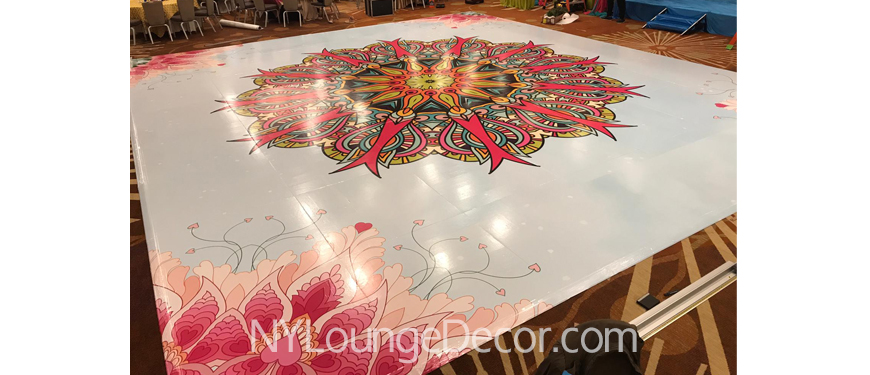Exploring the Versatile Substances That Transform Dance Surfaces into Stunning Visual Displays
Exploring the Versatile Substances That Transform Dance Surfaces into Stunning Visual Displays
Blog Article
Movement surfaces have evolved considerably over the decades, becoming more than just a space to move to melodies. Currently, they are converted into stunning visual experiences through the use of multiple substances and technologies. These substances not only improve the visual attractiveness of the space but also improve the overall experience for performers and spectators alike. Understanding the versatile substances that add to these vibrant settings can offer understanding into the art of dance floor design.
One of the primary common materials used in contemporary dance floors is light-emitting diode illumination. Light-emitting diode lights are energy-efficient and can produce a broad variety of colors and effects. They can be embedded in the floor itself or used as part of a lighting setup above the dance floor. This technology allows for synchronized light displays that can alter in reaction to the melodies, creating an engaging experience. The capability to configure these lamps means that they can be customized to match different concepts or atmospheres, making each occasion distinct.
Another important substance is reflective surfaces, such as reflectors or polished tiles. These materials can create an illusion of space and dimension, making the dance floor appear larger than it is. When performers move, their images can add an additional layer of visual appeal, enhancing the complete performance. Additionally, mirror-like surfaces can interact with lighting impacts, amplifying the colors and patterns displayed on the floor. This combination of illumination and reflection can captivate spectators and boost the energy of the occasion.
In furthermore to lighting and reflective substances, the use of digital screens has grown increasingly common in dance floor design. These screens can display lively visuals, animations, or even real-time feeds of the show. By integrating digital innovation, event organizers can create a comprehensive encounter that engages both the performers and the spectators. The ability to change images in actual time allows for a dynamic atmosphere that can adjust to the beat and energy of the melodies, making each instance feel fresh and exciting.
Additionally, the selection of flooring material itself plays a key role in the complete encounter. Traditional wooden dance floors are still preferred for their strength and functional qualities. However, newer materials like synthetic and elastic are gaining popularity due to their flexibility and simplicity of care. These substances can provide better impact absorption, minimizing the chance of injury for dancers. Additionally, they can be crafted with multiple patterns and colors, allowing for creative expression in the dance floor's look.
In summary, the evolution of dance floors into stunning visual experiences relies on a combination of innovative substances and techniques. Light-emitting diode important site illumination, mirror-like surfaces, digital screens, and customized flooring substances all contribute to creating an engaging setting for performers and audiences. As technology continues to progress, the opportunities for enhancing dance floor creation will only grow, making upcoming events even more captivating and unforgettable. Comprehending these materials helps appreciate the craftsmanship involved in creating spaces where movement and melodies come together harmoniously in harmony.